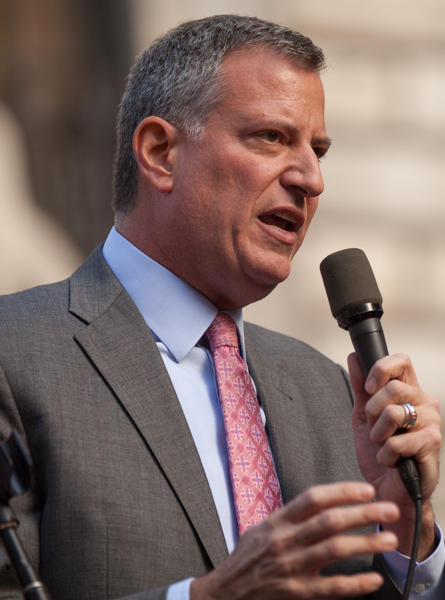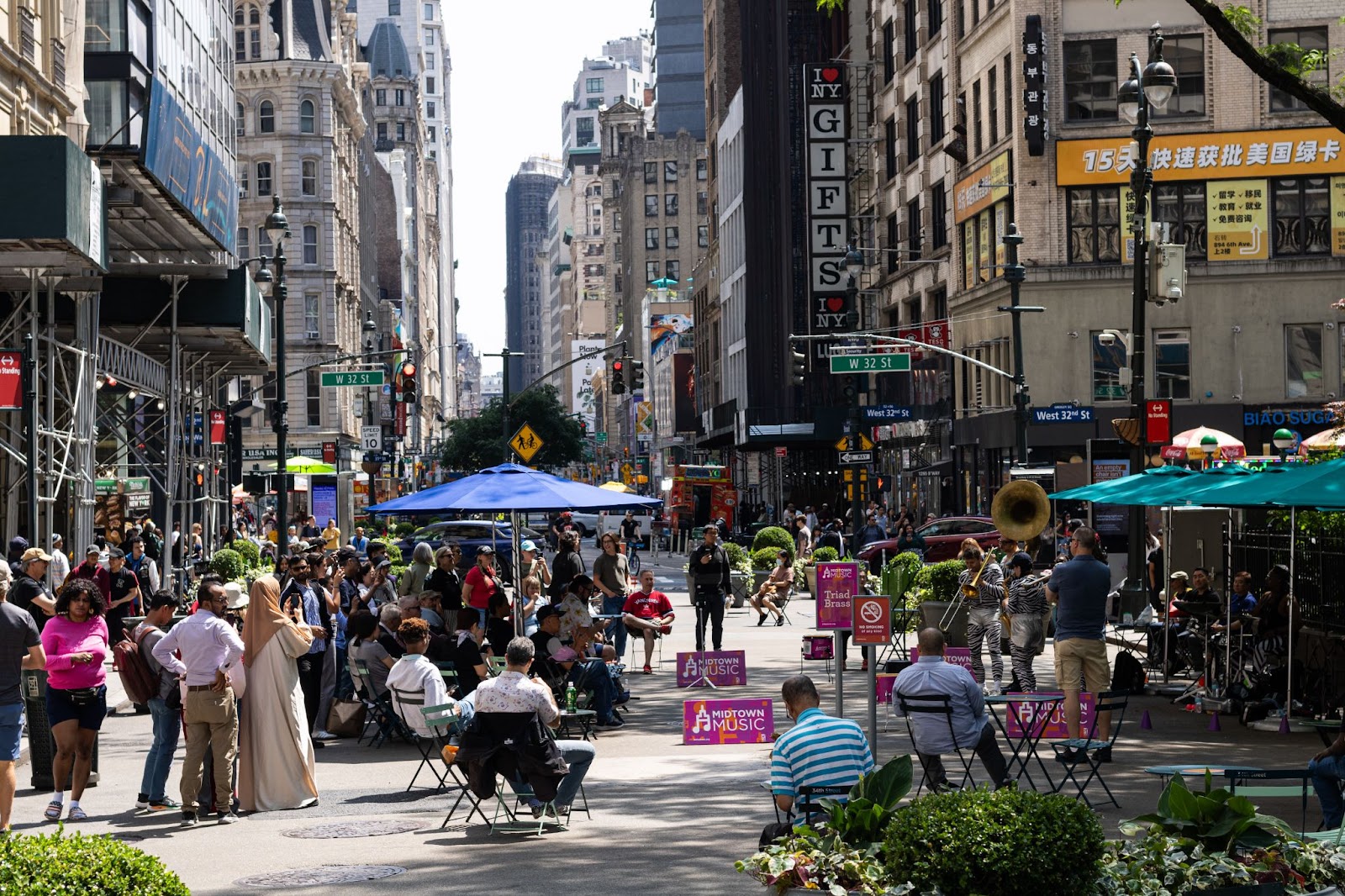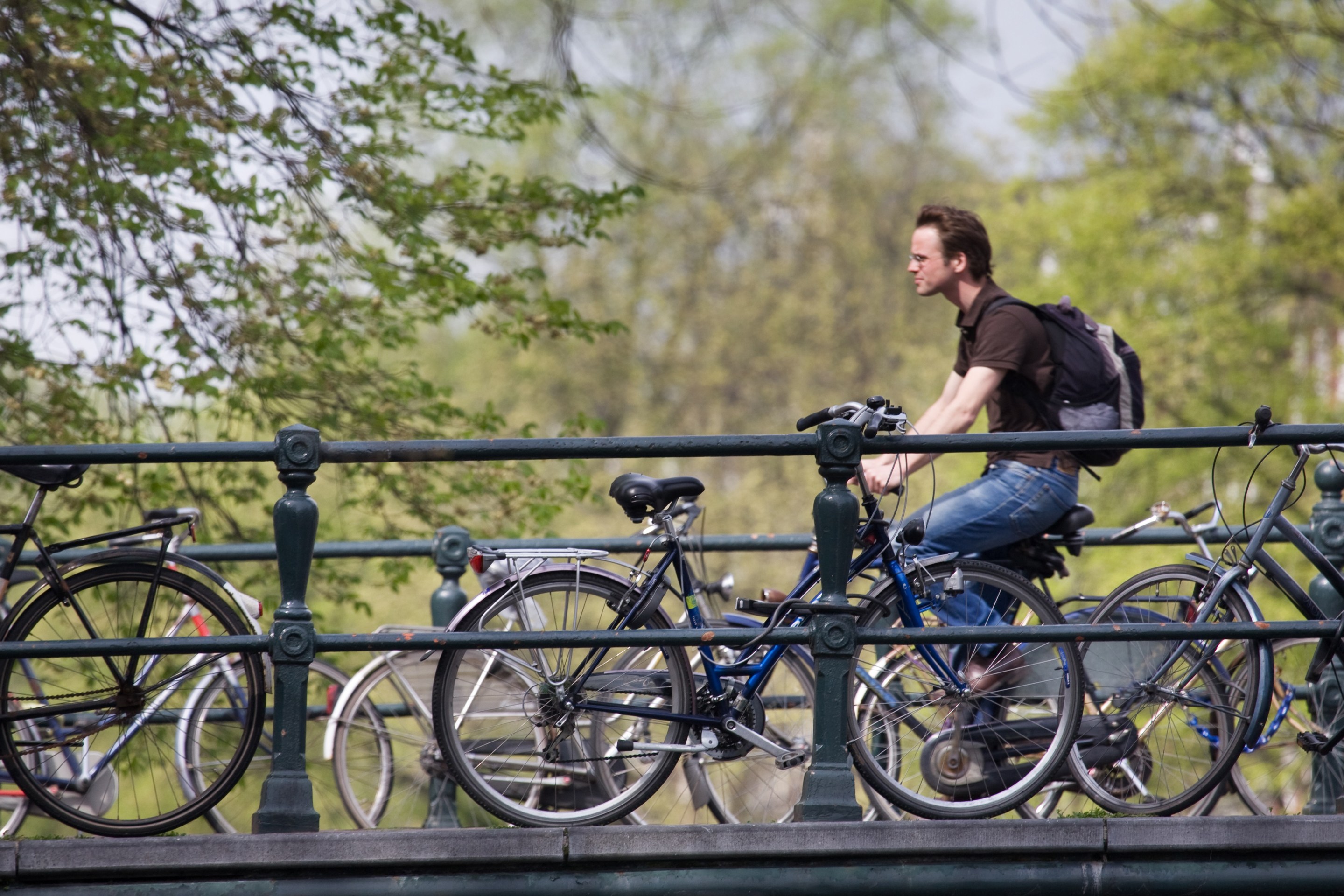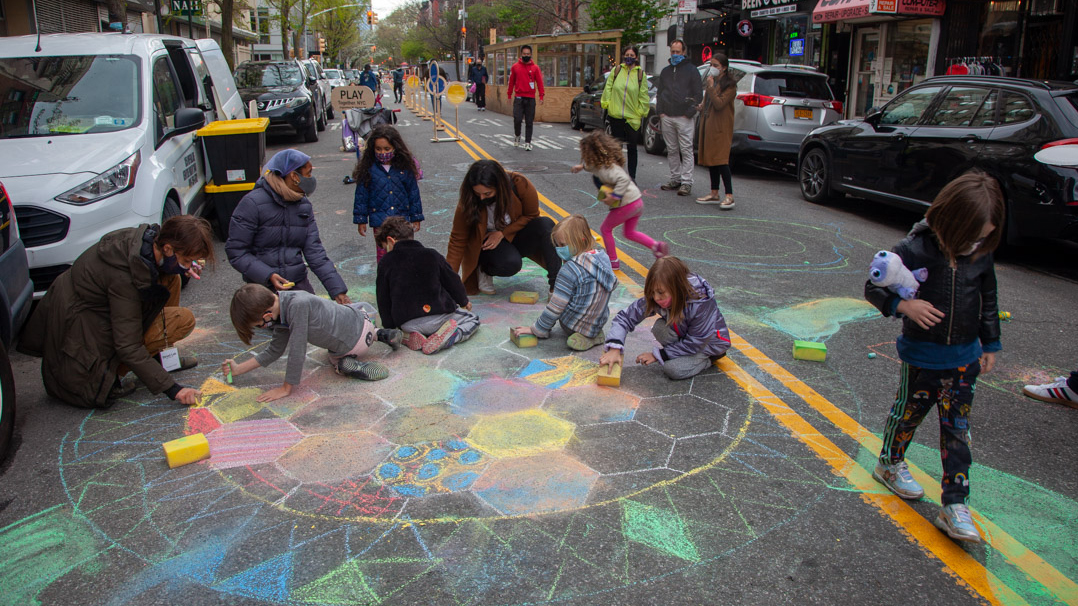Appearing with WNYC's Brian Lehrer for his weekly "Ask the Mayor" segment this morning, Mayor de Blasio said the city's Vision Zero effort is "still in its infancy" and that "there's a lot more to do." The remarks come at a time when the city's two-year run of reducing traffic deaths seems increasingly unlikely to continue in 2016.
While the mayor said "traffic designs" are an important component of Vision Zero, he did not say that he intends to accelerate investment in safer street configurations.
A caller had asked de Blasio why the city's Vision Zero policies do not target pedestrian behavior. "People have to take personal responsibilities," the caller argued, suggesting that the city pursue pedestrian education or jaywalking enforcement.
While de Blasio said he himself had encountered "folks with the headphones on who walk into the crosswalk," he attributed the source of danger to motorist behavior:
The core of the problem is not the pedestrian or the bicyclist, it’s the person who’s driving a vehicle and is speeding, or going through an intersection without yielding to pedestrians. That’s what Vision Zero is first addressing, but we have given tickets to bicyclists who endanger others, we have given tickets to pedestrians who put themselves in harm’s way and could create an accident that could affect many others. We’ll do that in some measure, but from a resource perspective and just in general, that’s not where our first energies are going to go.
The mayor went on to pledge that Vision Zero "is something we’re going to continue to deepen."
Look, any death is one death too many. We don’t accept any of them. And that’s part of the core notion of Vision Zero, is recognizing how many deaths and injuries were avoidable from the beginning: if we had the right traffic designs, if we had the speed cameras, if we had a lower city-wide speed limit, which we’ve done as well with the help of Albany and the City Council. All of these things have changed the reality, but there’s a lot more to do.
Lehrer then asked about this year's increase in cyclist deaths -- 17 so far compared to just 14 in all of 2015. De Blasio acknowledged that there is still more to do. "I spoke to Chief O’Neill -- soon to be Commissioner O'Neill -- literally yesterday about this," he said. "There will be increased NYPD enforcement of speeding and failure to yield. It's already at much higher levels -- we will go farther."
While speeding and failure-to-yield enforcement has increased, there is wild inconsistency between precincts. In many parts of the city, police issue more tickets for tinted windows than for motorist violations that put people's lives at risk. Local precincts still respond to cyclist fatalities by going out and ticketing cyclists the next day.
Meanwhile, the city has maxed out the number of speed cameras permitted by Albany, and getting authorization for more in the next legislative session is no sure thing.
What the mayor can do on his own initiative is redesign the city's streets. But for multiple years in a row, de Blasio hasn't heeded calls from advocates and City Council members to increase funding for street redesigns. As Transportation Alternatives director Paul White told Politico's Dana Rubinstein, the mayor "is not wielding his full power to prevent" traffic fatalities.
To make a more visible impact on reducing traffic deaths, the mayor will have to make a more visible commitment and devote the financial and political resources needed to transform the city's streets.






